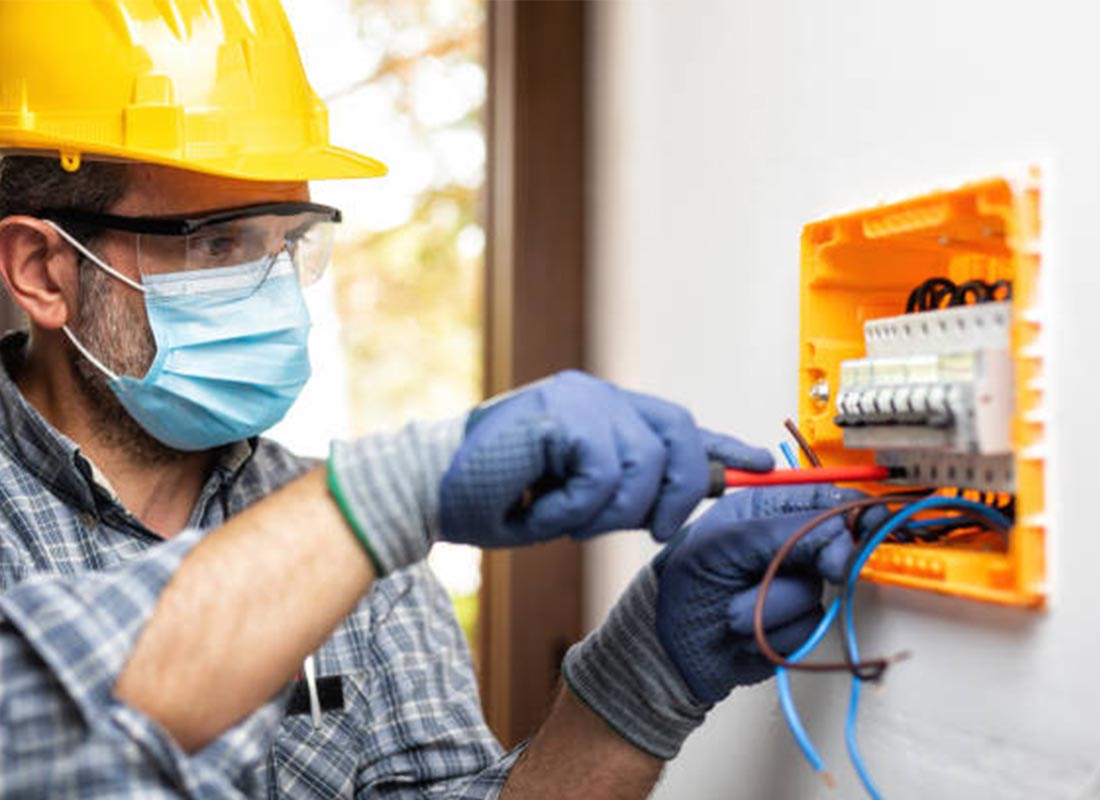Introduction
In every industry, effective Workplace safety communication is vital for protecting employees, reducing accidents, and ensuring operational efficiency. Whether you’re in construction, healthcare, manufacturing, or an office environment, safety starts with clear, consistent, and well-structured communication strategies. In this guide, we’ll explore how to build a solid communication framework that fosters a strong safety culture and prevents avoidable incidents.
Why Workplace Safety Communication Matters
Reduces Accidents and Injuries
One of the primary goals of workplace safety communication is to prevent injuries. Employees need timely and accurate information about potential hazards, safety protocols, and emergency procedures. Miscommunication or lack of updates can lead to dangerous situations.
Builds a Culture of Accountability
Effective workplace safety communication ensures that safety is everyone’s responsibility. From top-level executives to entry-level employees, transparent communication keeps everyone aligned with safety goals and expectations.
Improves Compliance with Regulations
Regulatory bodies like OSHA require ongoing training and documentation. Consistent workplace safety communication ensures organizations stay compliant, reducing the risk of penalties and legal issues.
Key Strategies for Effective Workplace Safety Communication
H2H (Human-to-Human) Communication
Face-to-face communication is still one of the most impactful methods for delivering safety messages. Daily briefings, toolbox talks, and one-on-one meetings can reinforce critical workplace safety communication principles.
Use of Digital Tools
From mobile apps to intranet portals, digital platforms streamline workplace safety communication by making it easier to distribute updates, policies, and alerts in real-time. Tools like Safety-Chat can enhance engagement and track message delivery.
Regular Safety Training
Training programs are essential components of workplace safety communication. These should be interactive, ongoing, and tailored to different job roles. The more employees are educated, the more likely they are to act safely.
Elements of a Strong Workplace Safety Communication Plan
Clear Objectives
Start by defining what your workplace safety communication efforts aim to achieve. Objectives could include reducing incident rates, improving reporting, or increasing awareness of specific hazards.
Defined Channels and Frequency
Decide how often you’ll communicate safety updates and through which channels — emails, posters, meetings, or apps. A multi-channel approach ensures maximum reach.
Feedback Mechanisms
Two-way communication is critical. A successful workplace safety communication strategy includes employee feedback, suggestion boxes, or digital surveys to identify concerns and improve systems.
Leadership Involvement
Safety communication must start at the top. Leaders who actively participate in workplace safety communication reinforce its importance and encourage a culture where safety is prioritized.
Overcoming Common Communication Barriers
Language and Literacy
Multilingual workplaces require materials and communication in multiple languages. Ensuring that workplace safety communication is accessible to all employees eliminates confusion and enhances compliance.
Information Overload
Too many updates can be counterproductive. Prioritize key messages and ensure your workplace safety communication is concise, relevant, and well-timed.
Cultural Differences
Different cultural backgrounds can influence how safety messages are received. Culturally sensitive workplace safety communication respects diverse viewpoints and avoids misunderstandings.
Measuring the Success of Your Communication Strategy
To know whether your workplace safety communication efforts are working, monitor key performance indicators like incident rates, employee engagement levels, and feedback quality. Adjust strategies based on data and continuously refine your messaging.
Conclusion
Strong workplace safety communication is not optional — it is a strategic necessity. When done right, it saves lives, boosts morale, and drives compliance. By using clear messaging, leveraging the right tools, involving leadership, and listening to employees, any organization can build a safer, more informed workforce. At Safety-Chat, we’re committed to helping companies enhance their workplace safety communication through innovative solutions that put people first. Prioritize safety today by making communication your strongest asset.











Leave a Reply